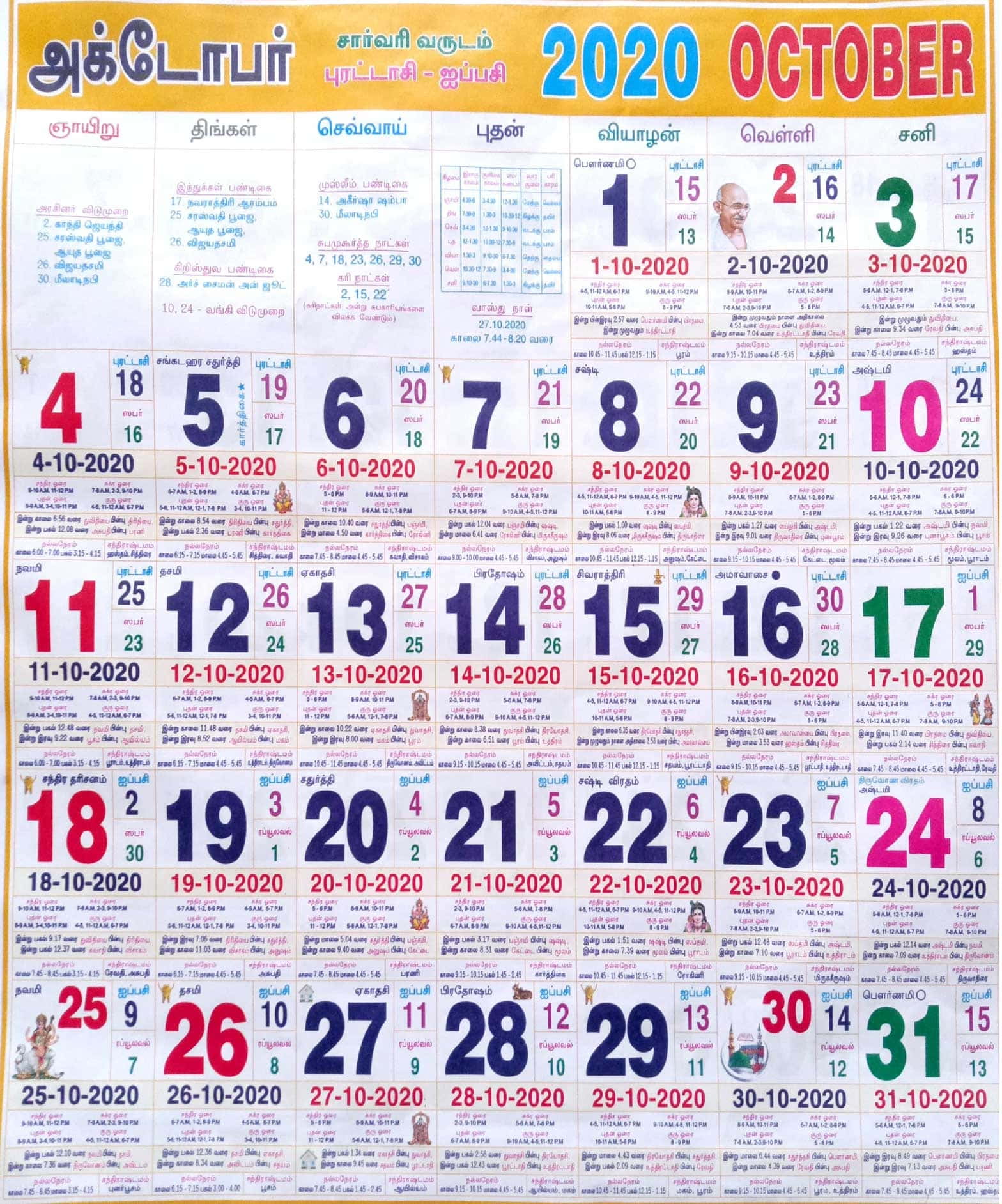What is Hindu calendar
Share this post
Internationally we are following the Gregorian calendar now a days. It is based on sun. If we compare the gregorian calendar with the hindu calendar (generally referred as the Panchang), it is found that the Hindu calender is much more scientific, technical and logical in nature. While the former one is based on the Solar variation and consider the earth's revolution around the sun, the latter is based on the moon's revolution around the earth, where each month takes 28 days. To compensate for the loss of days an extra month called as Adhik Mass (mass means month), is added after every 30 months. This doesn’t mean that Hindu Calender does not take into solar consideration; rather it is a combination of both solar and lunar assumption. The months are based on lunar variations, while the seasons are governed by the sun. A important example of a solar festival is that January 13-14 is celebrated as Pongal (in Tamil Nadu), Makar Sakranti (in North India) and Lohri (in Punjab). All of these are the bearer of the news that sun is entering into Makar rashi, or sun is moving towards northern hemisphere. Although the date is supposed to be somewhere between December 20th and 23rd but due to earth's tilt, it has kept sliding over the years. It is amazing to know that in about 1000 years later Makar Sankranti will be celebrated in month of May
What is Hindu calendar?Similar Posts : Brahma Muhurtham, திருப்பதி அரிய தகவல், Why super brain yoga, திருமண சடங்குகள், Why wear Bangles, See Also:Hinduism

Comments